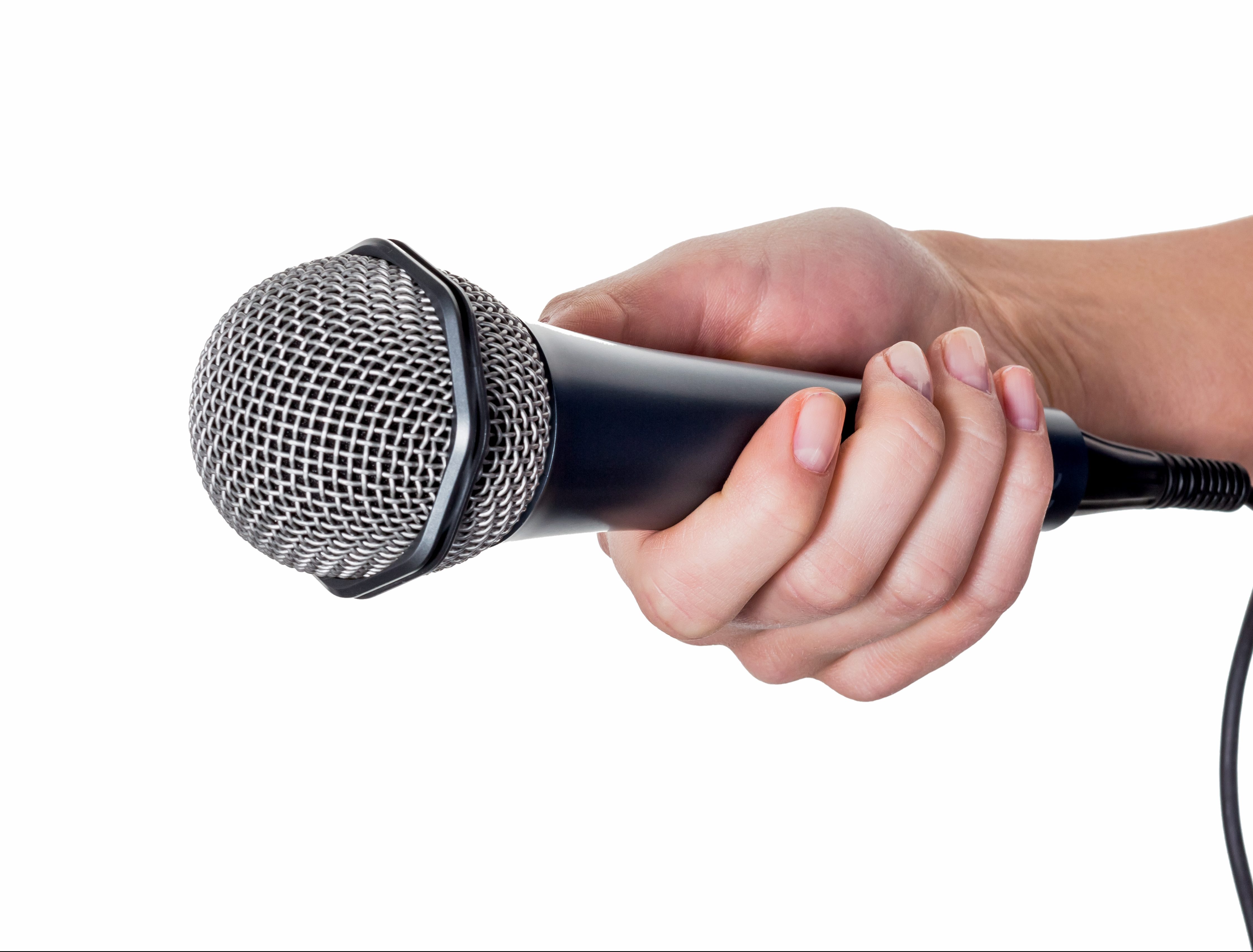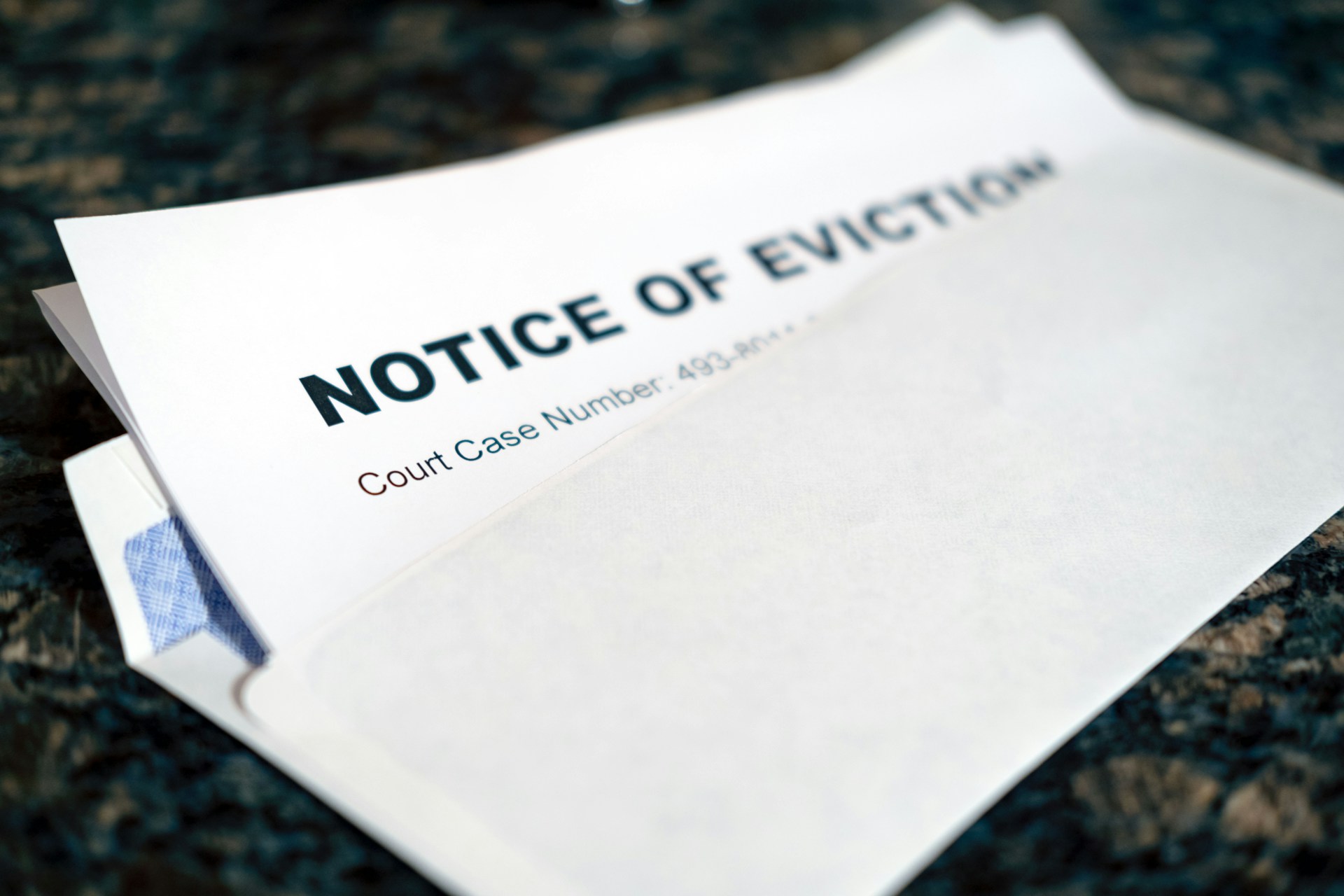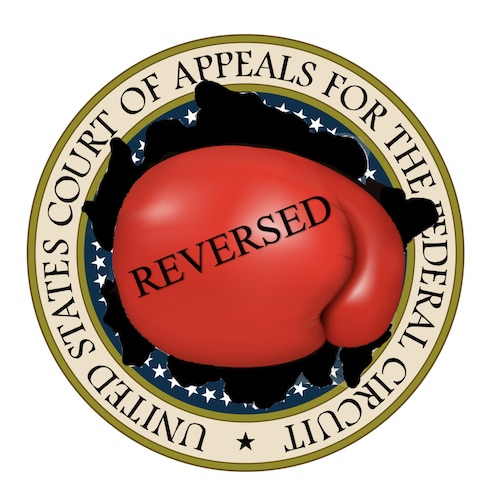Claims that scientists are underreporting federal support on patents don’t pass the smell test
A new article in Science claims nearly one-third (33%) of patents that result from federally funded work do not disclose the funding. Such omissions, if intentional, could violate federal law.
If true, this would be a bombshell.
Fortunately, it’s not true. The study’s method is flawed. Yet it could nevertheless provide a pretext for lawmakers to enact unnecessary and burdensome legislation, killing public-private research collaborations.
The Science study asserts that 28% of patents from federally funded research fail to disclose that support. Yet the methodology of the study doesn’t support any such sweeping conclusion.
The study’s flaw? It compares disclosures made in academic papers to disclosures made in patent filings as if the two were identical twins. In reality, the two are more like distant relatives. Science papers complain when an academic paper mentions funding from the federal government but a patent related to it does not. The U.S. Patent and Trademark Office, however, has very specific disclosure requirements that apply to all patent applications. Academic journals have different and varying standards for attribution and disclosure.
Disclosure Requirements: Academia vs. USPTO
In academia, authorship is often expansive. Modern science is becoming increasingly collaborative. A 2015 Nature article reported on a physics article with 5,000 co-authors, while a PLOS One study showed an increase in co-authorship across fields. This trend is most pronounced in the fields of physics, medicine and infectious disease. Such expansive collaboration often results in publication of funding disclosure statements for all contributors.
Patents operate quite differently. Patent law in the United States requires that applications list only the “true” inventors. This is based almost exclusively on the person who conceived the original idea. A 2005 authoritative article outlines nine categories of people who may have worked on a particular project, but should not be listed on the patent application as “inventors”. This means that they do not need to disclose their funding. A person does not have to be an inventor to identify the problem that the discovery solves or participate in consultations. They can also reduce an invention into practice. Yet, in some cases, such non-inventor participants might receive author credit in the academic paper on the subject.
Complying with patent office disclosure requirements is no mere formality. Patents that name more or fewer inventors than the real ones can be invalidated by a court, even if it was an unintentional error. Patent disputes often involve billions of dollars and can reshape entire industries.
If a court finds deceptive intent in naming inventors, the patent becomes permanently unenforceable–thus jeopardizing the patent holder’s ability to exclusively sell or license the invention.
Misleading Claims Can Lead to Real Harm for Innovators
The Science paper also ignores the reality that inventors sometimes file patent applications before federal funding enters the pipeline. It is not uncommon for the initial discoveries to be patent before receiving government funding for further development. A recent study published in JAMA falls into the same trap, making grand statements about government contributions to drug research based on the exact same dubious comparisons. These studies, by ignoring the important distinctions between academic papers and patent applications, distort our understanding about the innovation ecosystem and how critical patents are. For years, those seeking to weaken drug patents have been hunting for evidence that pharmaceutical companies are “gaming the system.” Their efforts to produce evidence have come up empty-handed, so some have resorted to dubious assertions flowing from questionable methodology.
This bodes ill for American innovators in the biotech sector and beyond. It can take a decade to bring a new drug onto the market and cost billions. Without strong and reliable patent protections, companies and investors won’t make those investments.
Smell Test Failed
The strange implication of these papers is that biopharmaceutical innovators were so lazy, incompetent, or duplicitous in complying with disclosure requirements on thousands of patents that they were willing to risk losing them if the truth came out. The fact that an invention may be eligible for a federal patent has little to do with whether the inventors received funding. The USPTO requires that all patent applications be in compliance with USPTO regulations. The sinister accusations these flawed studies insinuate don’t pass the smell test.
Image Source: Deposit Photos
Author: ginasanders
Image ID: 69798509
Frank W. Cullen Jr.
Frank Cullen is currently the Executive Director of Council for Innovation Promotion, a non-profit bipartisan organization dedicated to promoting and supporting intellectual property policies that encourage innovation
.






